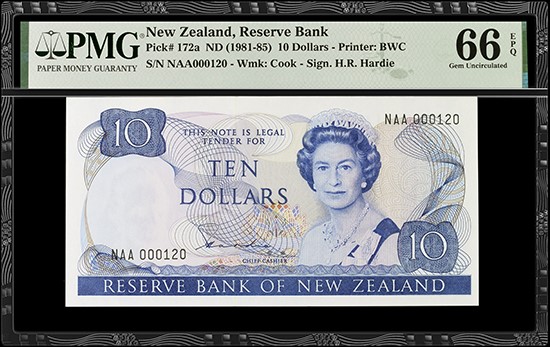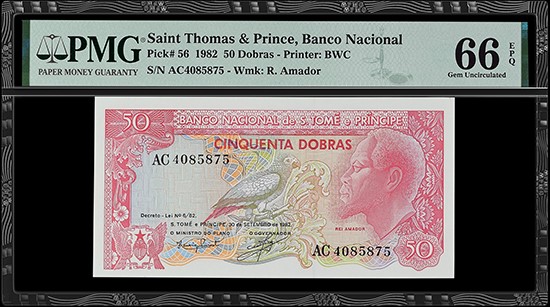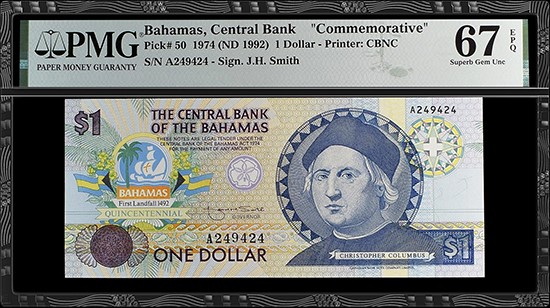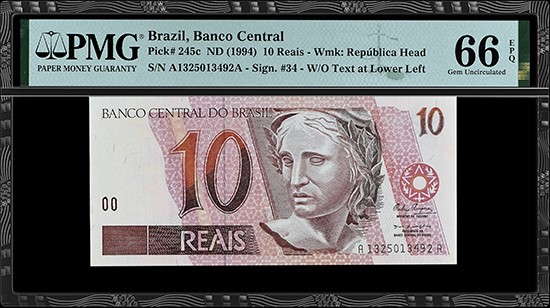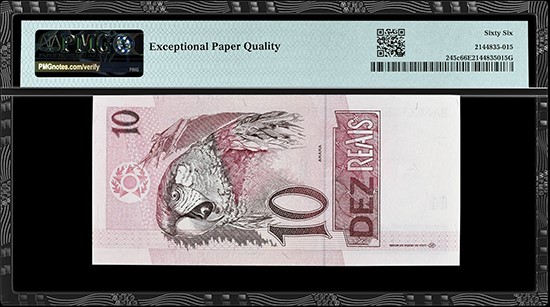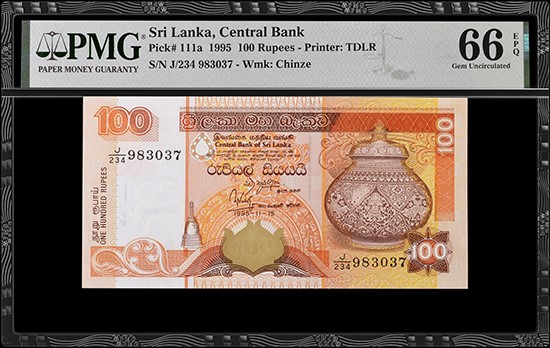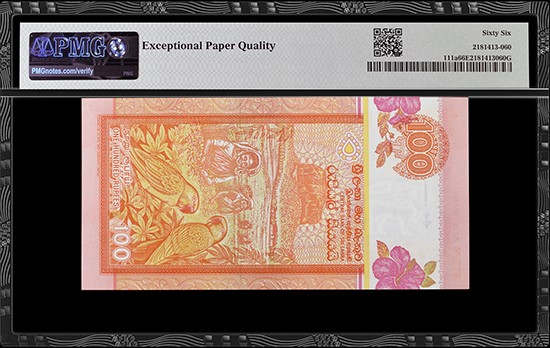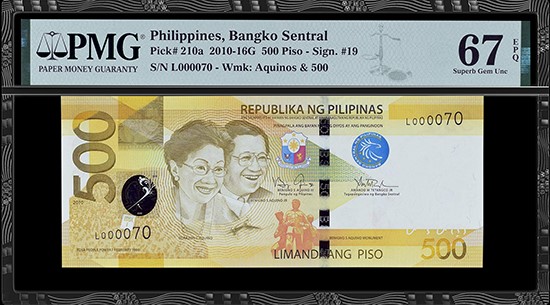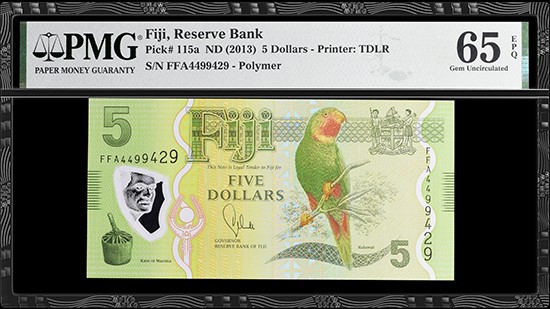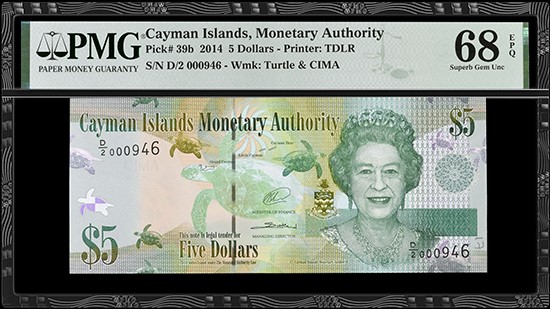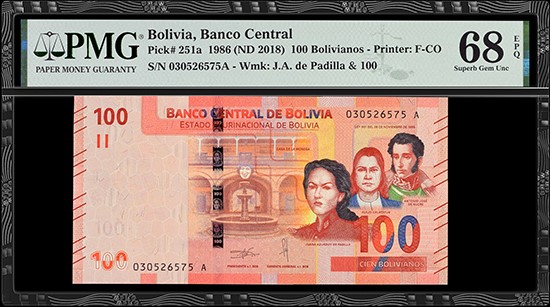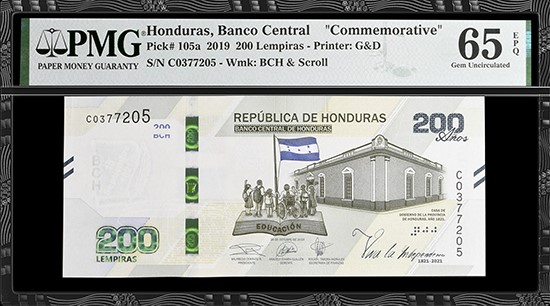Collection Inspiration: Parrots
Posted on 16/05/2023
May 31 is World Parrot Day, and Paper Money Guaranty® (PMG®) is celebrating by presenting a group of banknotes each depicting a different parrot from around the globe. World Parrot Day highlights the threat to wild and captive parrots — a serious issue that is attributed to increasing deforestation and the illegal parrot trade. Parrots are highly intelligent and beautiful creatures, and we hope that these notes inspire you to learn more about them!
Ten parrot-themed notes
Kea Parrot
The Kea is a large parrot found in New Zealand. Once native to the North and South Islands, Kea parrots are now mostly reserved to the South Island’s forest regions. They are very intelligent and cunning — using their larger size, they’re able to hunt down large prey such as rabbits, and they’ve even been seen attacking sheep and dogs. Kea parrots have even been observed solving basic logic puzzles to get food.
Unfortunately however, Kea parrots are seen as a nuisance to the natives of New Zealand for their destructive habits and tendencies to steal food (though tourists are often entertained by their antics). Because of this, Kea parrots are often hunted and killed, even though they’re on the Endangered Species list.
Keas have been referenced in several collectibles and pop culture releases, including this New Zealand, Reserve Bank ND (1981-85) 10 Dollars note.
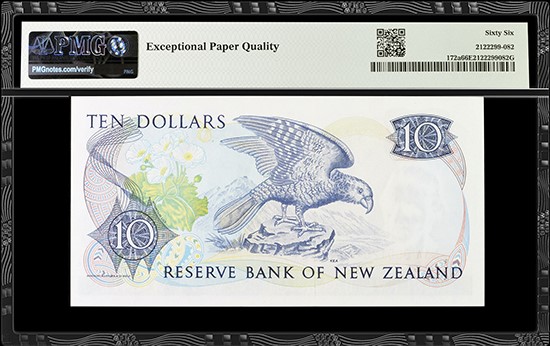 |
|
| New Zealand, Reserve Bank ND (1981-85) 10 Dollars graded PMG 66 Gem Uncirculated EPQClick images to enlarge. | |
African Grey Parrot
The grey parrot goes by different names depending on the region, including the Congo grey parrot, Congo Africa grey parrot, and African grey parrot. Like macaws, they are endangered in the wild and are commonly kept as pets. Grey parrots are extremely intelligent and somewhat talkative. They can make over 200 different sounds and are capable of mimicking human speech — even making up their own words, according to some studies! A gray parrot is depicted on the front of this Saint Thomas & Prince, Banco Nacional 1982 50 Dobras, the currency used in the island nation off the west coast of equatorial Africa.
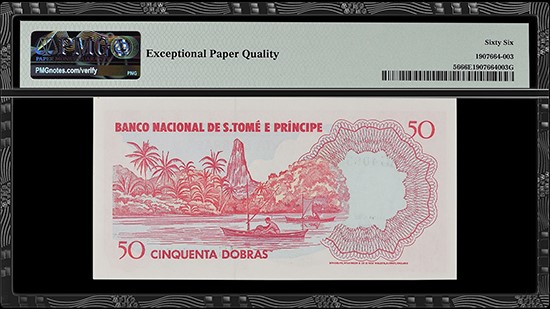 |
|
| Saint Thomas & Prince, Banco Nacional 1982 50 Dobras graded PMG 66 Gem Uncirculated EPQClick images to enlarge. | |
Cuban Parrot
Cuban parrots — sometimes distinguished as Cuban Amazon parrots — are medium-sized parrots that typically sport rose-colored feathers near their throats. They’re mostly found in woodlands and dry forests in warm climates, such as the Caribbean. Though many parrots are easily domesticated, the Cuban parrot isn’t one to be trifled with — they’re considered one of the hardest amazon parrots to breed because of their aggressive behavior. They’re very attractive to look at, though! A pair of Cuban parrots are depicted on the back of this Bahamas, Central Bank 1974 (ND 1992) 1 Dollar Commemorative, which celebrates Christopher Columbus’ first landfall in 1492.
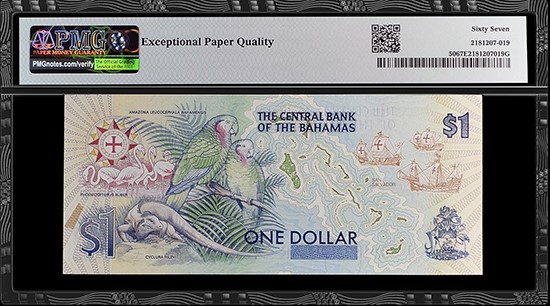 |
|
| Bahamas, Central Bank 1974 (ND 1992) 1 Dollar Commemorative graded PMG 67 Superb Gem Uncirculated EPQClick images to enlarge. | |
Green Winged Macaw
Though macaws are generally bigger and more powerful than their brethren, they’re still considered a type of parrot. Despite their name, green winged parrots are mostly red. It’s their wings — which show off brilliant green feathers — that earn them their name. Green winged macaws are extremely intelligent and capable of imitating human speech. Because of this, they’re sometimes kept as pets or used for entertainment.
Green winged macaws are native to warm and tropical climates, such as South America. A magnificent example of the macaw is featured on the back of this Brazil, Banco Central ND (1994) 10 Reais.
Rose Ring Parakeet
Parakeets, like macaws, are a type of parrot. However, parakeets are typically much smaller, have pointed tail feathers and round heads, unlike other parrots. The rose ring parakeet gets its name from a small ring of rose-colored feathers that most of the species have around their necks. They share their vibrant feather colors with other types of parrots and are some of the only parrot species that have adapted to live in disturbed, populated environments after losing their natural habitats to deforestation.
A pair of rose ring parakeets are shown on the back of this Sri Lanka, Central Bank 1995 100 Rupees note, facing a group of smiling field workers.
Blue-naped Parrot
Blue-naped parrots make great pets. They’re much calmer than other parrots, and they have plenty of loveable traits, including the capability of mimicking human speech and other tricks. These small birds are native to the Philippines and parts of Borneo, where they nest in woodlands and plantations. Unlike other parrots, blue-naped parrots have slender plumage, which they use to easily blend in with their surroundings. Their powerful beaks enable them to easily break into nut and seed shells.
You can see the blue-naped parrot’s cute, slender appearance on the back of this Philippines, Bangko Sentral 2010-46G 500 Piso note. Interestingly, the beak was miscolored on these banknotes: It's supposed to be red.
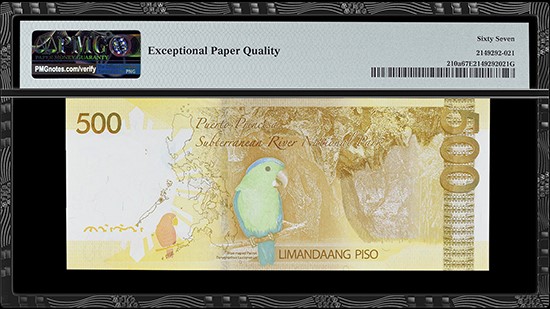 |
|
| Philippines, Bangko Sentral 2010-116G 500 Piso graded PMG 67 Superb Gem Uncirculated EPQClick images to enlarge. | |
Kulawai Parrot
The red-throated lorikeet — known as the Kulawai parrot in Fiji — is a small type of parrot known for their brush-tipped tongues. Similar to hummingbirds, they use these tongues to drink nectar from berries and flowers. Kulawai parrots only measure up to 7 inches in length — a far cry from their macaw cousins, who can reach 50 inches in wingspan. The Kulawai is critically endangered, and none have been sighted in Fiji since 1993. These delicate birds are featured on the front of this Fiji, Reserve Bank ND (2013) 5 Dollar note.
Cayman Parrots
The name “Cayman parrot” actually describes two different subspecies of parrots native only to the Cayman Islands — the Grand Cayman parrot and the Cayman Brac parrot. There are practically no visual differences between the two. Cayman parrots have dark ear patches and very vibrant feathers, usually green with blue wingtips. Like other exotic parrots, Cayman parrots are endangered due to illegal poaching because they are popular pets. Several conservation organizations in the Cayman Islands are trying to prevent further destabilizing of the population.
Two Cayman parrots are depicted on the back of this Cayman Islands, Monetary Authority 2014 5 Dollars note. It’s likely that the scene on the back of the note illustrates a mated pair.
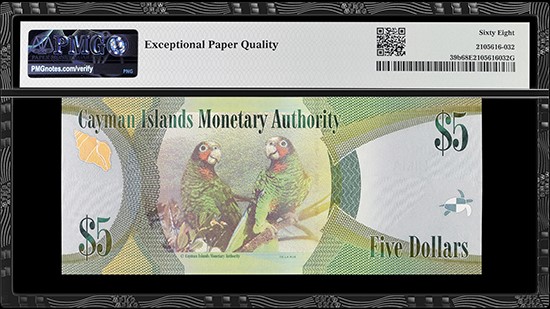 |
|
| Cayman Islands, Monetary Authority 2014 5 Dollars graded PMG 68 Superb Gem Uncirculated EPQClick images to enlarge. | |
Blue-throated Macaw
The blue-throated macaws shown on the back of this Bolivia, Banco Central 1986 (ND 2018) 100 Bolivianos are just as vibrant as they appear on the note — their blue feathers are nothing to sneeze at! Their name comes from the darker feathers situated near the throat, though you can’t see it well on the note’s depiction. Blue-throated macaws are critically endangered in the wild, but they’re often found in homes as companion birds because of their “Velcro” natures — that is, once they bond with a person, they almost never want to be separated!
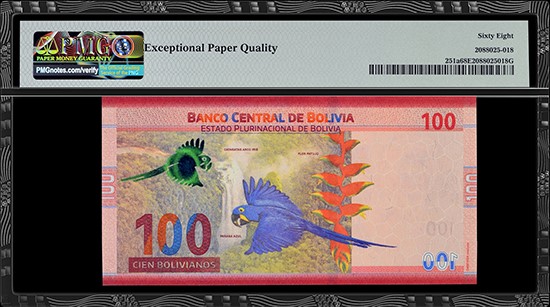 |
|
| Bolivia, Banco Central 1986 (ND 2018) 100 Bolivianos graded PMG 68 Superb Gem Uncirculated EPQClick images to enlarge. | |
Scarlet Macaw
When people think of “parrots” or “macaws,” this is often what they envision. The scarlet macaw is one of the largest parrots in the world, and they’re extremely popular due to their striking multi-colored feathers. Luckily, scarlet macaws are some of the least threatened of their species. They populate several areas of South America and are Honduras’ national bird. That’s probably why a pair of scarlet macaws are featured on the back of this Honduras, Banco Central 2019 200 Lempiras Commemorative note.
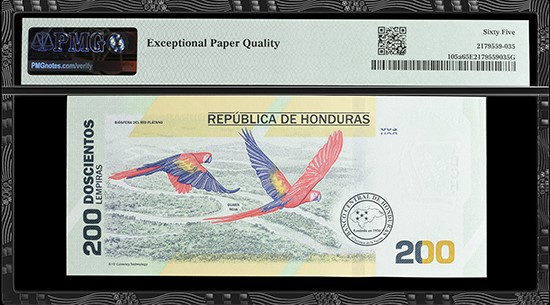 |
|
| Honduras, Banco Central 2019 200 Lempiras Commemorative graded PMG 65 Gem Uncirculated EPQClick images to enlarge. | |
If these parrot-themed notes inspired you, check out our other Collection Inspiration columns for more collecting ideas, including dogs, tigers, primates and lions. Also, be sure to follow PMG on Facebook, PMG on Instagram and PMG on Twitter for articles and interesting notes posted daily.
Stay Informed
Want news like this delivered to your inbox once a month? Subscribe to the free PMG eNewsletter today!
